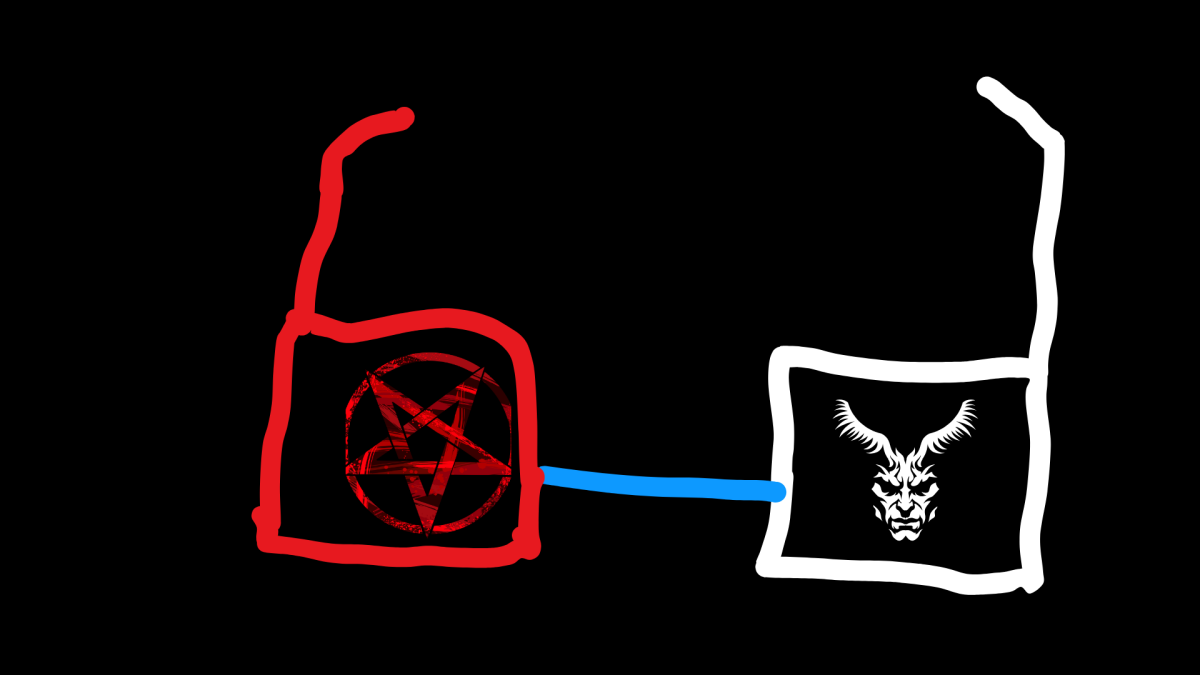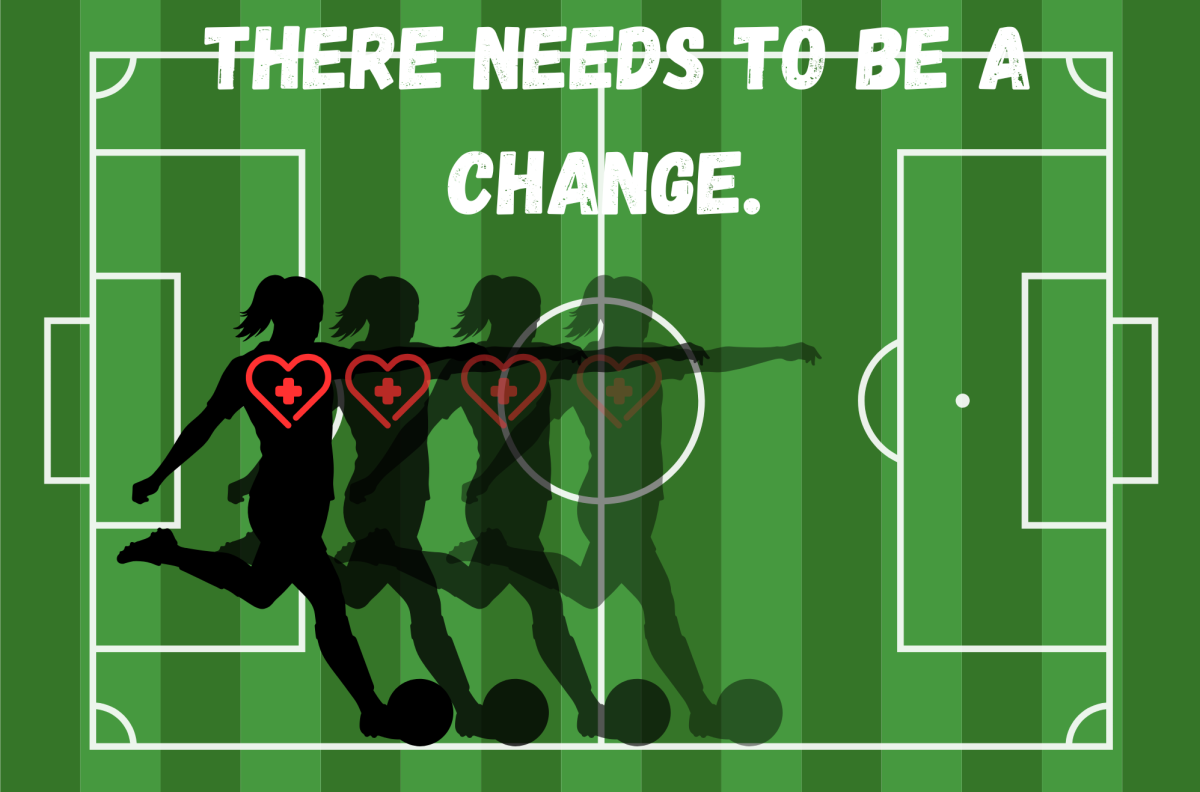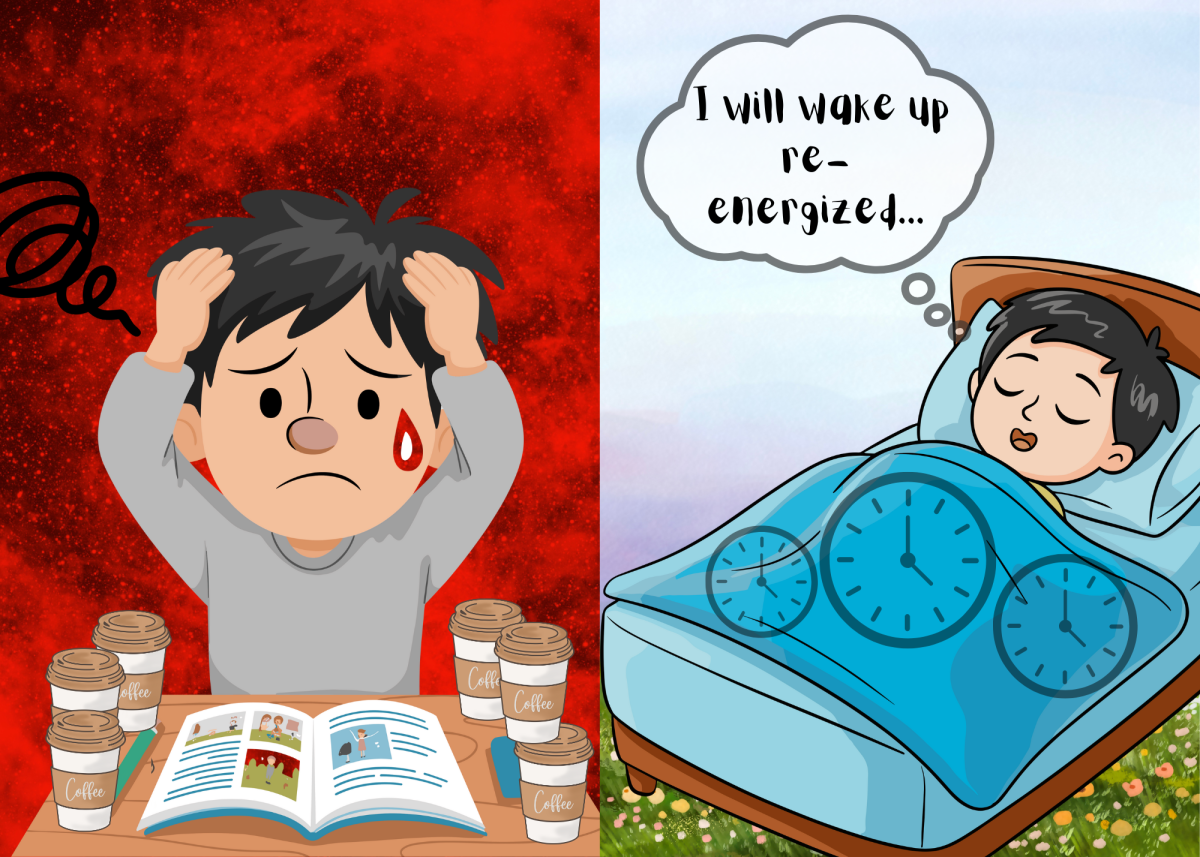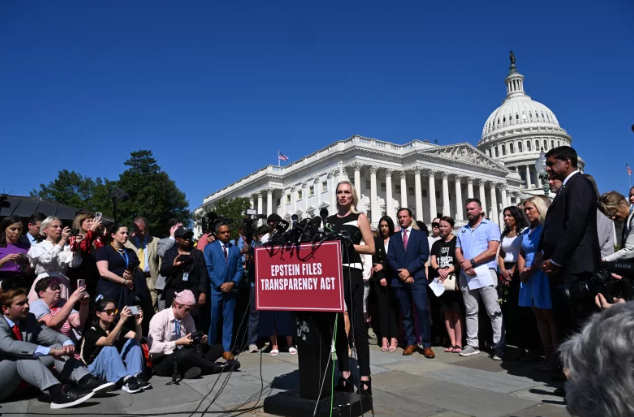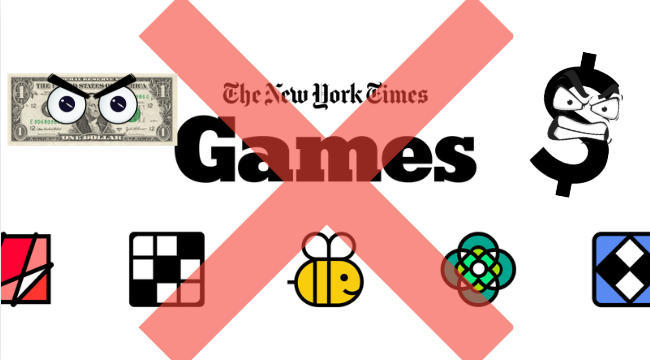Rumors of a Satan-worshipping, child-abusing secret society have become prominent over the past five years. The Pizzagate and QAnon conspiracy theories have spread far and wide across social media, and their proponents have instigated acts of terrible harm (as well as successful political campaigns). But many people might not be aware of the history behind this concept. As a matter of fact, the terror of a QAnon-style conspiracy was once just as widespread as it became during the pandemic (if not more-so). Though this so-called “Satanic Panic” has now been widely forgotten, its lessons are still relevant today.
In 1976, Michelle Smith of Victoria, Canada visited psychiatrist Dr. Lawrence Pazder. There are conflicting accounts of her needs: according to the Skeptical Inquirer, Smith was depressed, while The Independent contends Smith was suffering from “particularly vivid and terrifying dreams.” In any case, their sessions began to address something far more troubling.
According to The Independent, Pazder helped Smith recall supposedly “repressed” memories in which her mother offered a five-year-old Michelle to a Satan-worshipping cult. Smith recalled being kept prisoner by the cult for fourteen months, during which time she witnessed animal sacrifices, cannibalism, and worse. (Pazder’s ex-wife later discovered Smith’s elementary school yearbook, which proved she had been in class during the time she was supposedly held captive.)
Pazder detailed Smith’s recollections in a book called Michelle Remembers (1980), which alleged that Satan-worshipping cults were secretly abusing children in the shadows, according to CBC News. As Michelle Remembers became a controversial bestseller, spawning a wave of “copy-cat memoirs,” Pazder’s accusations catalyzed a moral panic. Workers at daycare centers around America were arrested and charged with child abuse, despite a lack of tangible evidence against them. While some defendants were acquitted, others weren’t so lucky—and they sometimes had to wait decades before being released.
“Experts” in satanic “ritual abuse” (as Pazder called it) would consult law enforcement in cases of alleged child abuse, or speak at seminars attended by police and other members of the public. Supposed victims of satanic abuse received settlements from insurance companies. Even Dungeons and Dragons was pulled into the frenzy—the game’s supposed involvement in the 1979 disappearance of a college student sparked controversy, including claims that D&D taught players occultism and murder, according to The New York Times.
Naturally, the Beelze-hubbub eventually lost steam. A 1994 study of thousands of allegations of satanic abuse found there was no legitimacy to the idea of a grand satanic child-abuse conspiracy. Pazder downplayed his message in Michelle Remembers (in one interview shown by CBC News, he seemingly implied Michelle’s recollections were actually metaphorical expressions of more realistic trauma).
Neither Pazder nor Smith ever admitted that what they had said wasn’t true. When Pazder died in 2004, his obituary described him as a “compassionate physician” who “helped thousands of people during his 40 years as a respected psychiatrist.” The obituary never discussed Michelle Remembers, its far-reaching impacts, or Pazder’s lectures on supposed satanic cults.
So, what does this mean in 2025? As discussed above, many have drawn a throughline from the Satanic Panic to QAnon and Pizzagate, other debunked conspiracy theories involving secret Satan-worship and child abuse. The Satanic Panic is also a powerful case study in the malleability of memory. Molly Skelton, who teaches regular and AP Psychology at Niles North, cites psychologist Elizabeth Loftus’ experiments into how memories can be manipulated, such as one where Loftus led subjects to falsely recall being lost in a shopping mall as children.
But perhaps more importantly, the Satanic Panic brings into question the level of trust we place in supposedly authoritative sources. People who sold themselves as scholars spoke and wrote about an outlandish, gruesome conspiracy that didn’t exist. These messages were absorbed by and believed by the police, news outlets, and juries. Yet the only real evidence of any mass satanic abuse was the testimony of the young alleged victims—who had been questioned by “everyone from parents to police to counselors…in ways now known to produce false allegations,” CBC News explains. Though political figures and celebrities endorsed QAnon during the past five years, most mainstream news sources and courts didn’t treat it as fact. In contrast, during the Satanic Panic, these trusted traditional authorities failed to question conspiracy theories just as shocking and unrealistic as QAnon.
Most of all, the Satanic Panic is worth remembering because it caused harm. Take the McMartin Preschool trial, where the seven staff members of McMartin Preschool in Manhattan Beach, California were accused of (nonexistent) satanic ritual abuse. According to the database Ebsco, “In 1985, while the trial received television coverage, there was widespread hysteria around the country about child abuse in preschools. Approximately one million people were falsely accused of child abuse. Teachers who made physical contact with their students were sometimes fired and even imprisoned.” As an apparent result of her ordeal, Peggy Buckey, one elderly McMartin Preschool attendant, developed agoraphobia (fear of leaving her house), and this is only one ritual-abuse trial among many.
Even the lives of those close to Pazder and Smith were affected: both ended up divorced from their significant others. (Pazder and Smith ended up marrying each other, which, according to Skelton, crosses a line). The Independent quotes Smith’s sister Cheryll on how Smith’s false account has damaged their family: “Cheryl…says she believes Michelle ‘is living in hell, because the story has haunted my family for years.’”
Victims like these deserve to have their pain recognized and remembered.
Certainly, the Satanic Panic sounds bizarre today. But because of the mass hysteria it inspired, innocent people were punished for crimes they hadn’t committed, people profited from lying, and influential institutions acted unreasonably. In a time when conspiracy theories are growing more and more politically prominent, the Satanic Panic stands out as a reminder to America of what not to do.


